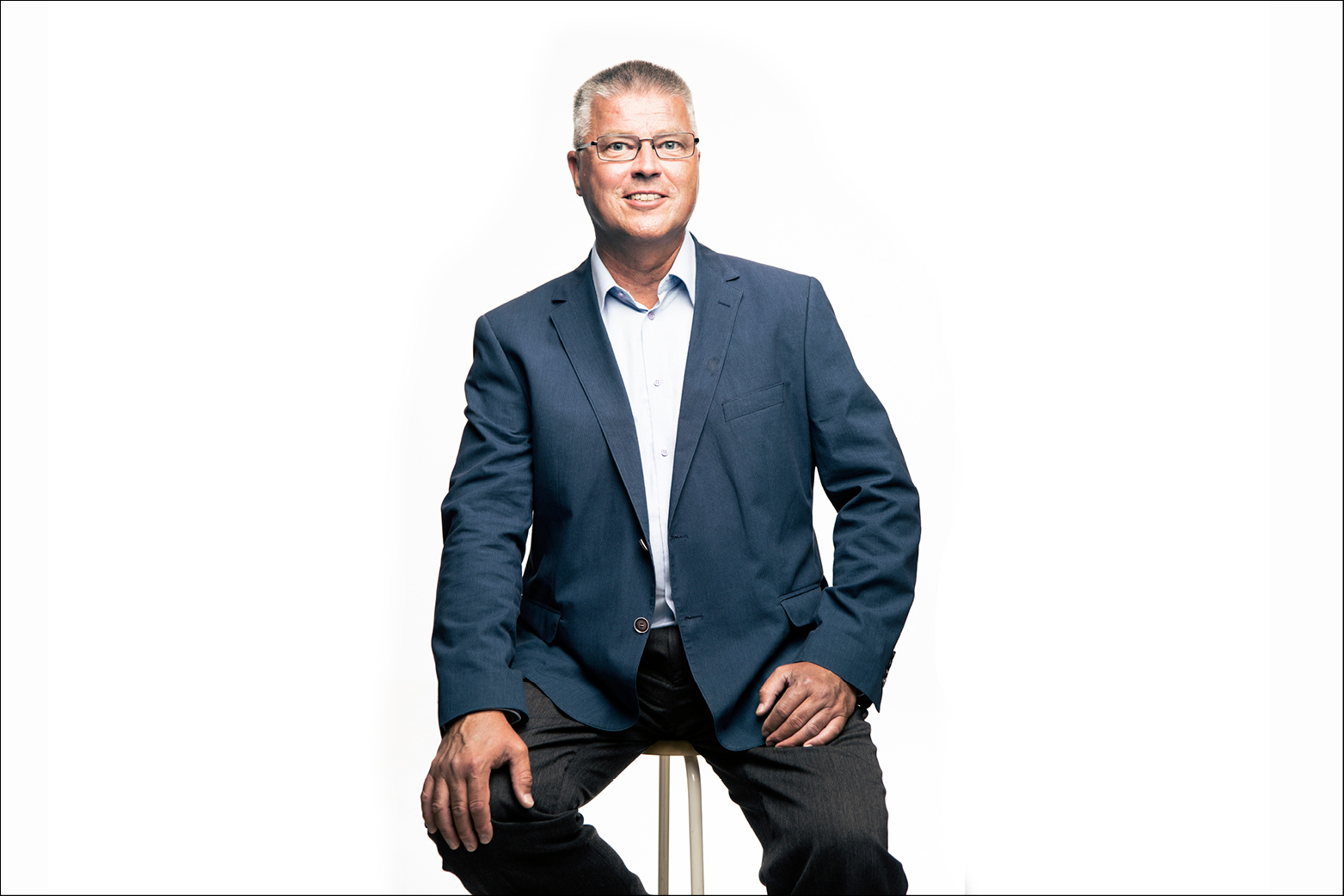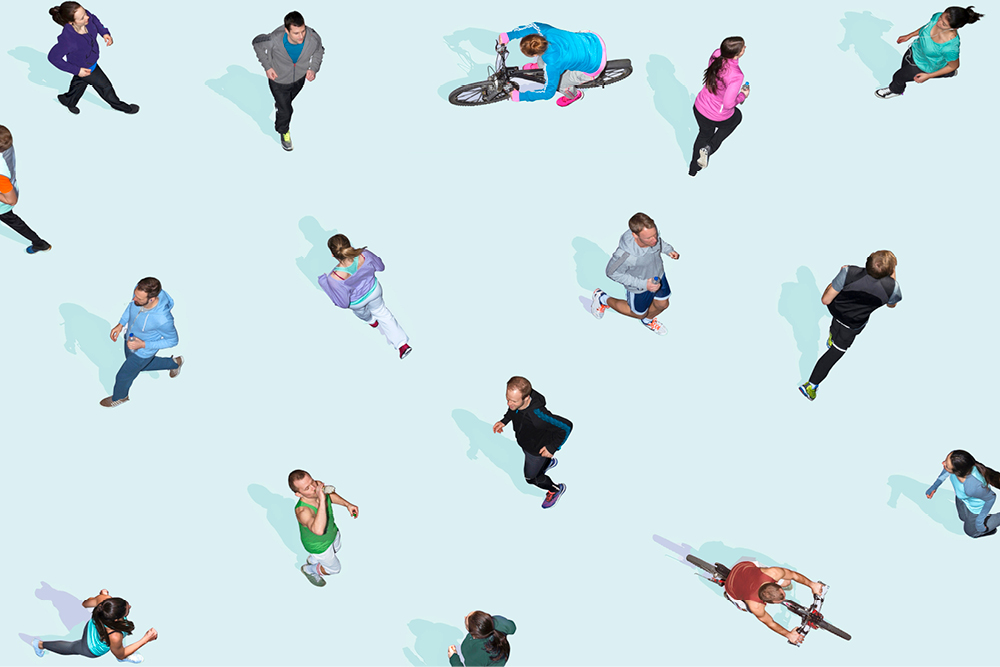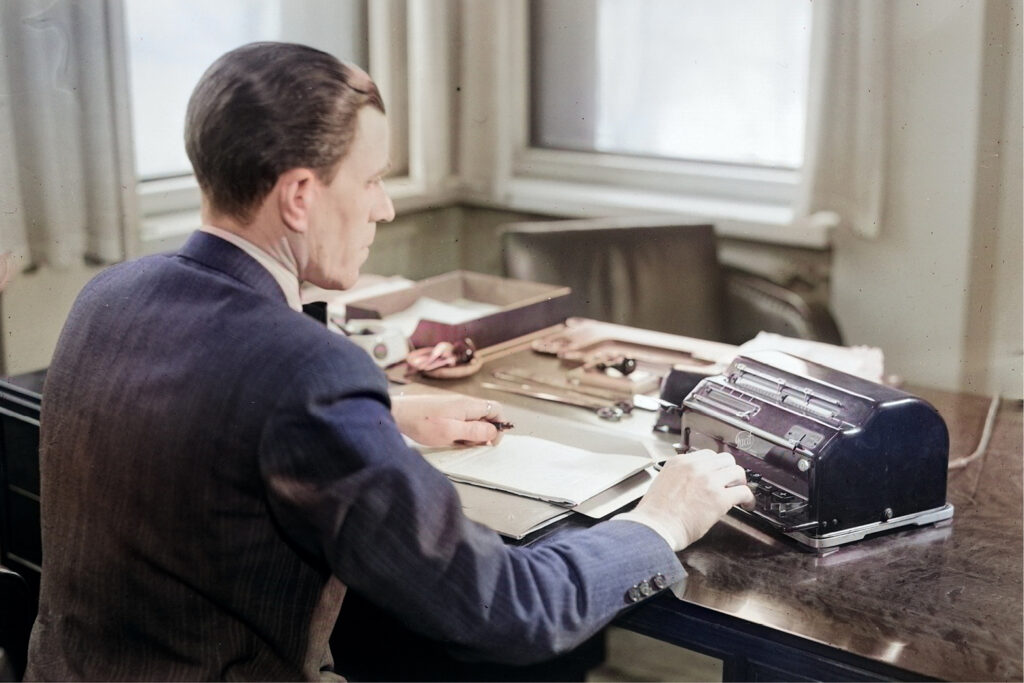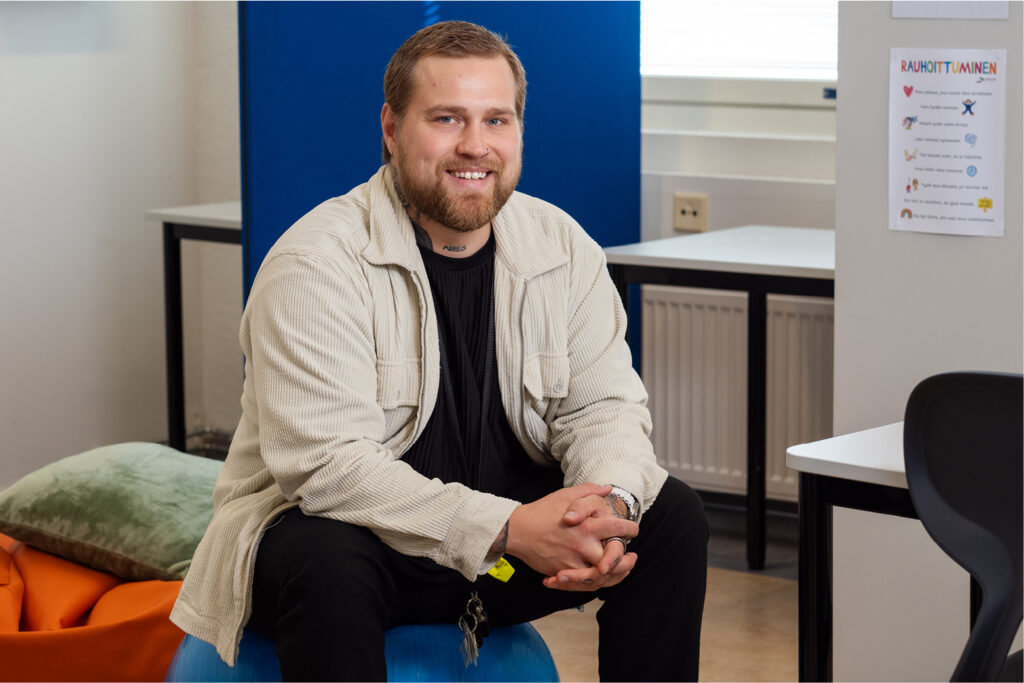
Koronasta opittiin: Työntekijät mukaan kriisinhallintaan 5K-mallilla
Koronapandemia lisäsi teollisuuden työntekijöiden halua osallistua työpaikkansa kriisinhallintaan, kertoo tutkija Tiina Saari. 5K-malli opastaa, miten se onnistuu.
Käytämme evästeitä tarjotaksemme paremman käyttökokemuksen ja henkilökohtaista palvelua. Suostumalla evästeiden käyttöön voimme kehittää entistä parempaa palvelua ja tarjota sinulle kiinnostavaa sisältöä. Sinulla on hallinta evästeasetuksistasi, ja voit muuttaa niitä milloin tahansa. Lue lisää evästeistämme.

Shared workplaces are becoming the norm in working life today – in addition to industry, they are common in office work and retail, for example. Having several employers under the same roof creates new cooperation, but also new kinds of challenges. One of the challenges is occupational safety. But it is not just a challenge – it is also an opportunity to do things better than before. When everyone at a shared workplace brings their own expertise, experience and commitment, the workplace becomes much more than the sum of its parts.
At its best, a shared workplace serves as an example of creating safety through collaboration, open communication and trust.
Who is responsible for induction training? Who gives instructions? Who should be contacted if something happens? It doesn’t matter which company’s employee suffers an accident. It’s important to ensure the safety of all employees so that no accidents occur. At its best, a shared workplace serves as an example of creating safety through collaboration, open communication and trust. Clear rules, induction training, risk observation and a low threshold for addressing risks are ways to show that everyone’s safety is important. This creates a culture of caring. It shows that every employee is valuable, regardless of who pays their wages.
Companies that take the safety of a shared workplace seriously also attract experts who want to do their work right and safely.
There are several companies, construction sites and organisations that have managed to make safety a truly common concern. This shows that the right kind of safety culture yields results: fewer accidents, more trust, a better team spirit and stronger work motivation. While the Occupational Safety and Health Act sets out the minimum standards, occupational safety is primarily a matter of reputation, morality and competitiveness. Companies that take the safety of a shared workplace seriously also attract experts who want to do their work right and safely.
A shared workplace requires shared responsibility – but it also enables shared success. Let’s succeed together with the help of the examples presented in this issue of Telma!

Koronapandemia lisäsi teollisuuden työntekijöiden halua osallistua työpaikkansa kriisinhallintaan, kertoo tutkija Tiina Saari. 5K-malli opastaa, miten se onnistuu.

Kun koronaepidemia ravisteli Suomea maaliskuussa 2020, työelämä muuttui kertaheitolla. Etätyöstä tuli arkipäivää miljoonille, mutta kaikki eivät voineet jäädä kotiin. Kesko, Luonnonvarakeskus ja MTB-Siivouspalvelu ovat esimerkkejä organisaatioista, jotka kehittivät uusia toimintatapoja selviytyäkseen kriisistä – ja monet muutoksista jäivät pysyviksi.
1900-luvun alkupuolella laskukoneet mullistivat toimistotyön lupauksilla nopeammasta ja virheettömämmästä työstä. Vaikka teknologia vapautti työntekijät käsin laskemisesta, sen odotettu vaikutus luovuuden lisääntymiseen jäi toteutumatta. Kuinka teräksiset aivot muuttivat työelämää ja mitä niiltä todella odotettiin?
Aktiivinen ja rohkea koululainen, jolla oli vaikeuksia keskittyä, kasvoi intohimoiseksi erityisopettajaksi. Tie lukemisen haasteista yliopistomaailmaan ei ollut helppo, mutta periksiantamattomuus ja oppilaiden tukeminen ovat johdattaneet Oskari Siitarin uudelle uralle – matkalle kohti tohtorintutkintoa.

